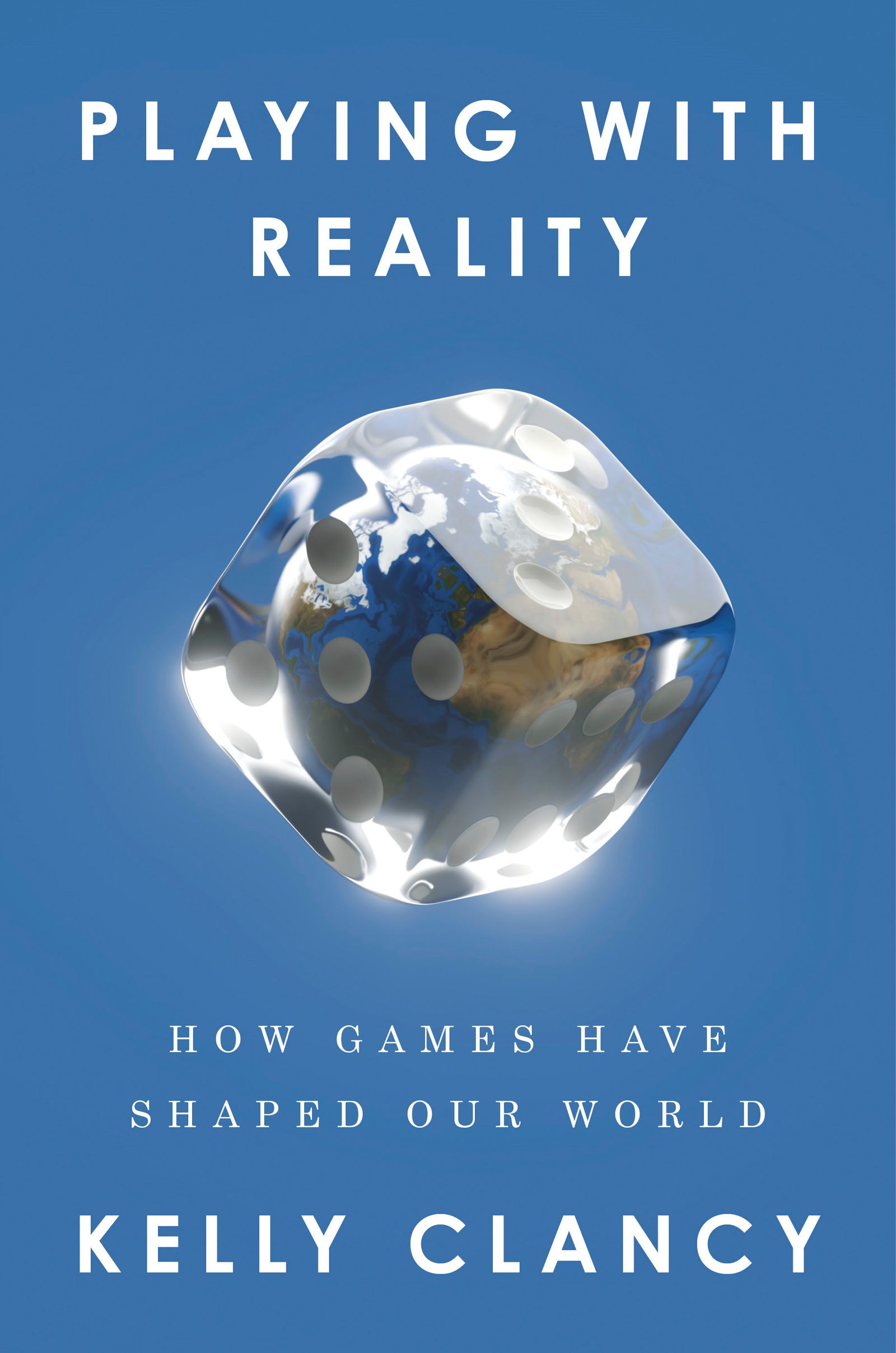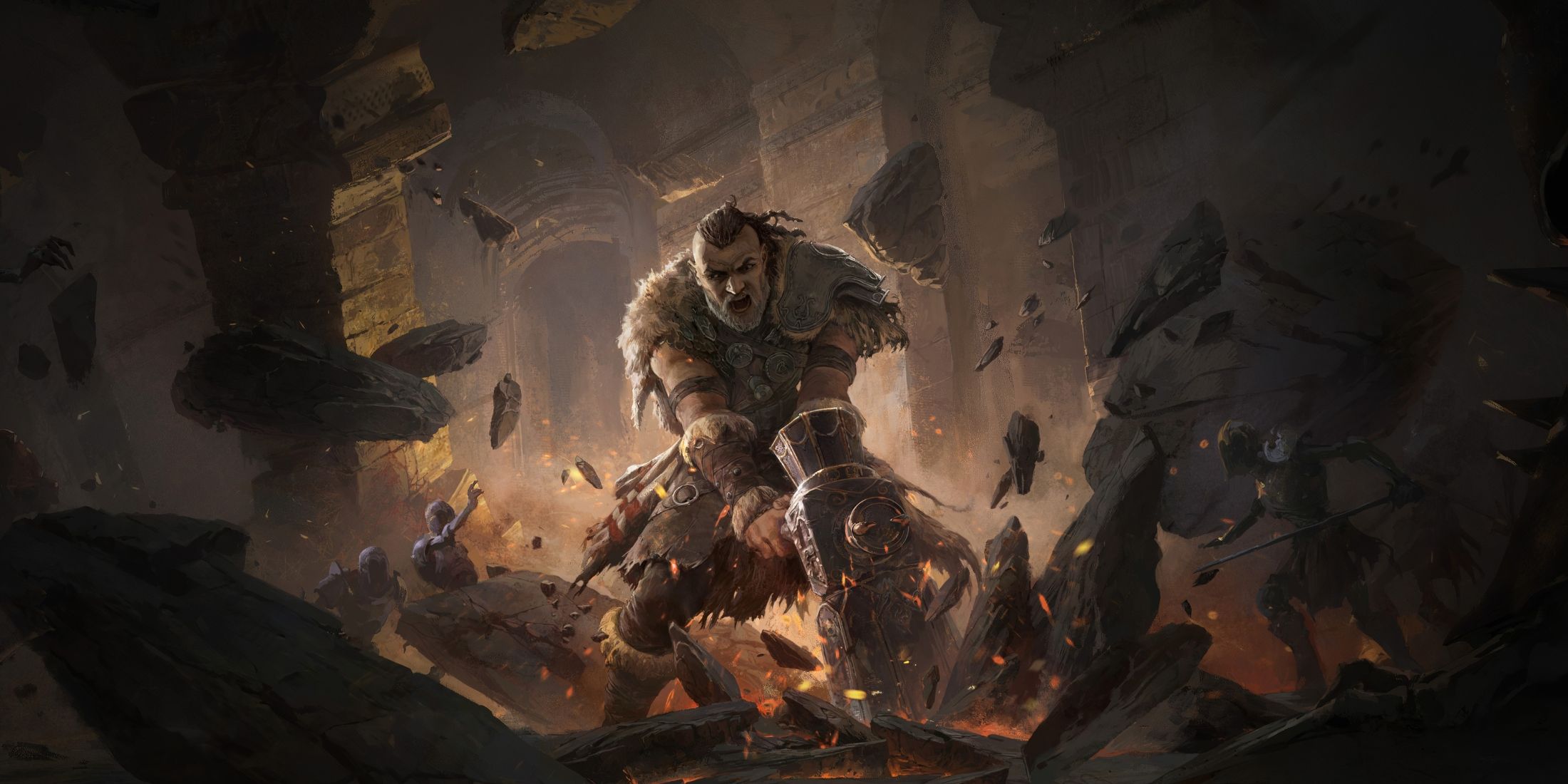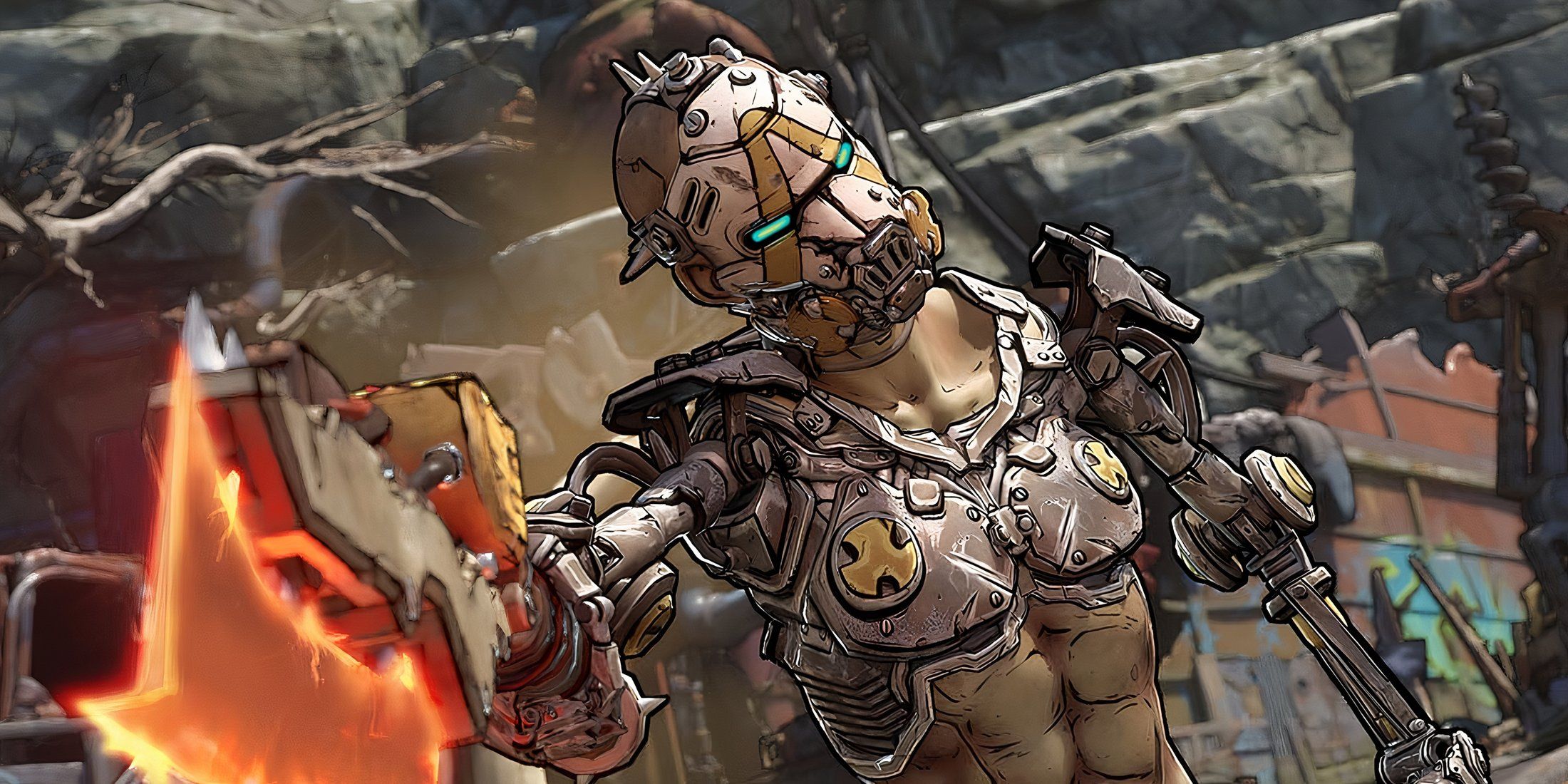
In the mid-1980s, when Will Wright was just getting started as a game designer, he realized that the process of constructing a game—building out the individual levels—was fun in and of itself. Why not share the joy of creation with players? He conceived of a new game in which people could build their own digital metropolis, tweaking it as needed to maintain its health. When Wright brought the idea to publishers, none were willing to fund it: Who’d want to play a game with no clear way to win? So Wright cofounded his own company, Maxis, and released SimCity in 1989. It became the top-selling computer game of its time.
Although Wright considered SimCity to be more like a sandbox or a dollhouse than a game per se, it came to have an outsize effect on the real world, inspiring a generation of urban designers. Many players credit the game with giving them a deeper understanding of how cities function and how effective governance ought to work. But a look under the hood suggests that SimCity is less an insight into reality than a libertarian toy land.

Buy This Book At:
AmazonBookshop.orgTargetIf you buy something using links in our stories, we may earn a commission. This helps support our journalism. Learn more.
Wright's design was inspired by urban planning models created by an engineer named Jay Forrester. Forrester had devoted his career to building simulations of complex systems, from corporations to supply chain dynamics to education policies. In his 1971 book, Urban Dynamics, he develops urban simulations based on hundreds of equations and parameters that he deems essential to civic functioning. He introduces the models with the caveat that they should not be taken seriously, then goes on to end the book by offering concrete policy recommendations. These, perhaps unsurprisingly, bear an uncanny resemblance to his personal libertarian political leanings. His models seem to prove that most regulatory policies have detrimental effects on cities. He concludes that regulations should be eschewed in favor of the free market. His models indicate, for example, that razing low-income housing would create jobs that economically reinvigorate cities.
Policymakers in the Nixon administration uncritically embraced Forrester's ideas. Several small cities also adopted his ideas in hopes of either encouraging growth or flattening it. They didn't question the provenance of Forrester's equations, nor did they test whether adjustments to his parameters would yield different conclusions. Most of these real-world experiments were failures. There was one success, however. Residents of Forrester's hometown of Concord, Massachusetts, approached him with concerns about suburban growth threatening the town's “character” (a term often used as a euphemism for race). He advocated for restrictive zoning laws. This, predictably, drove housing prices sky-high, and from 1970 to 1990 Concord's population grew less than 0.05 percent per year. Forrester believed that game-based models might one day replace civic debate, capturing nuance more successfully than language. "The human mind is not adapted to interpreting how social systems behave," he argued. People are decent at linking causes to effects but cannot reason about complex interrelational dynamics.
Despite the playfulness of SimCity's design—a monster reminiscent of Godzilla, for instance, randomly attacks densely populated areas—it too was often taken seriously as a scientific program. In the 1990 mayoral race in Providence, Rhode Island, a 15-year-old freelancer for The Providence Journal arranged a SimCity competition between election candidates. One candidate later maintained that negative coverage of her performance cost her the race. Business consultants deluged Wright with requests to design playable models of their industries for training and educational purposes. Wright was initially reluctant—he'd only intended SimCity to be a caricature. But he eventually succumbed to pressure and spun off a short-lived division called Thinking Tools, headed by his Maxis cofounder. Thinking Tools nurtured Forrester's hope that simulations might come to replace debate. It crafted educational games for big-name clients. Chevron, for instance, commissioned a game called SimRefinery, which it reportedly used to train office workers—who may have never entered a physical plant—to better understand the oil refinement process.
After Bill Clinton won the 1992 US presidential election on the platform of health care reform, a nonprofit foundation commissioned Thinking Tools to design a hospital-management simulator. Released in 1994, SimHealth was played by policymakers and the public alike—including, famously, Clinton's daughter, Chelsea. Maxis marketed SimHealth as more than mere entertainment: It was a policy tool and could be used to explore and reason about complex systems. Players assumed the role of a newly elected politician campaigning for health care reform. They used their finite political currency to promote policies that aligned with the values on which they based their election promises. They could track their policy changes against their stated values using a compass-like indicator that pitted Liberty against Equality and Community against Efficiency—ideals that are, in reality, by no means opposed.













